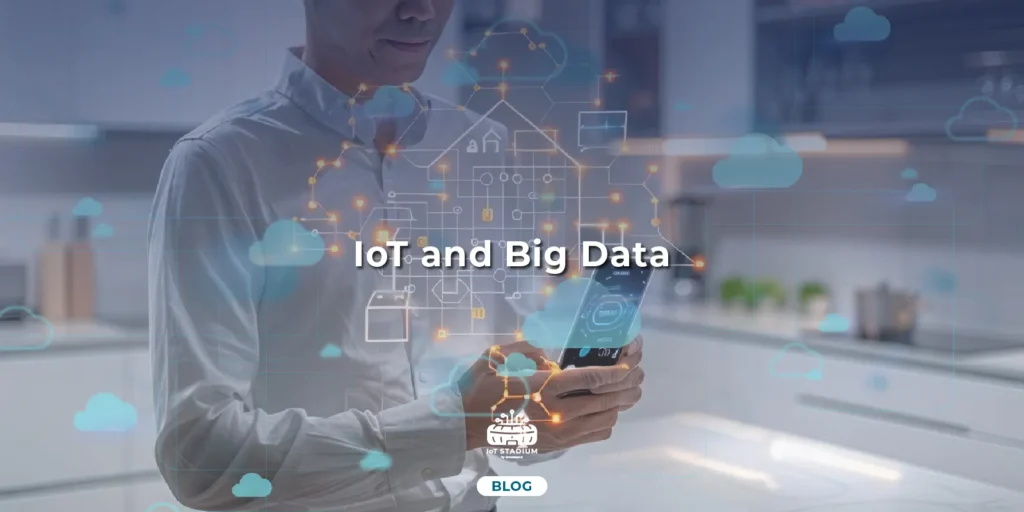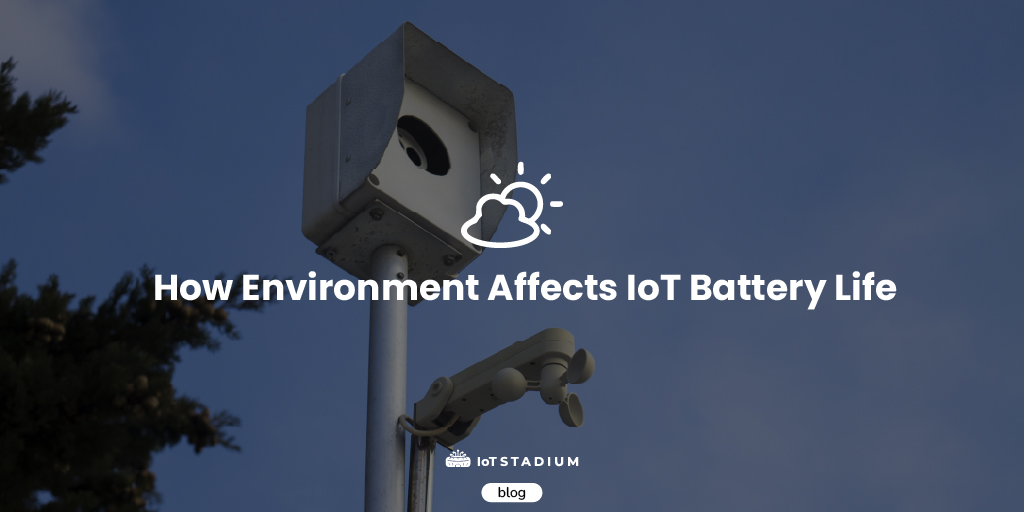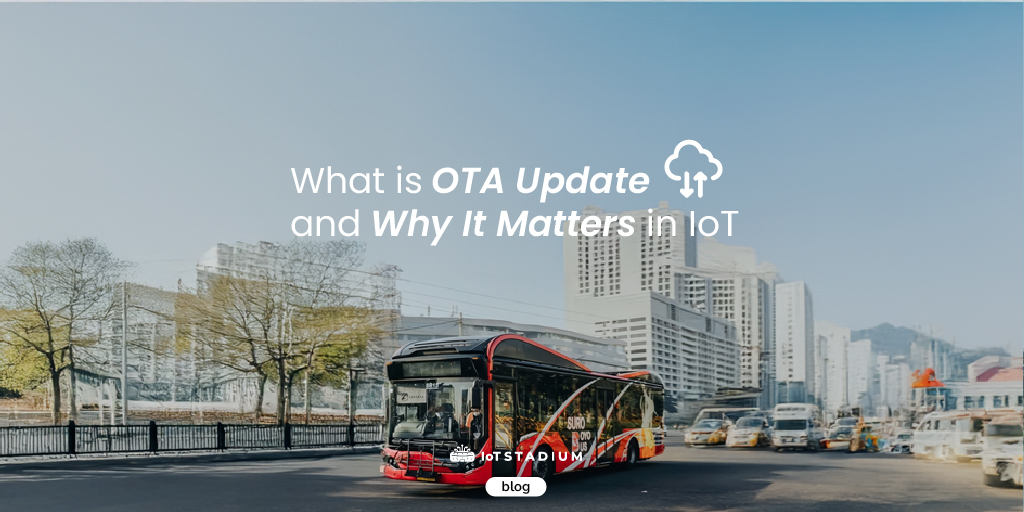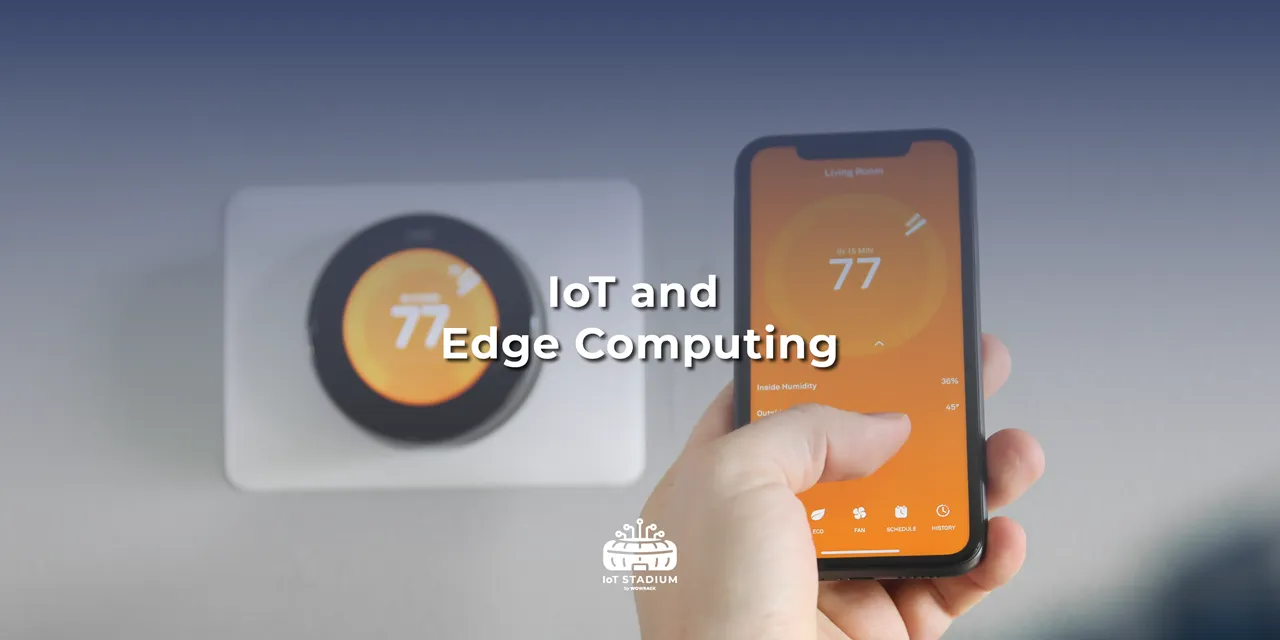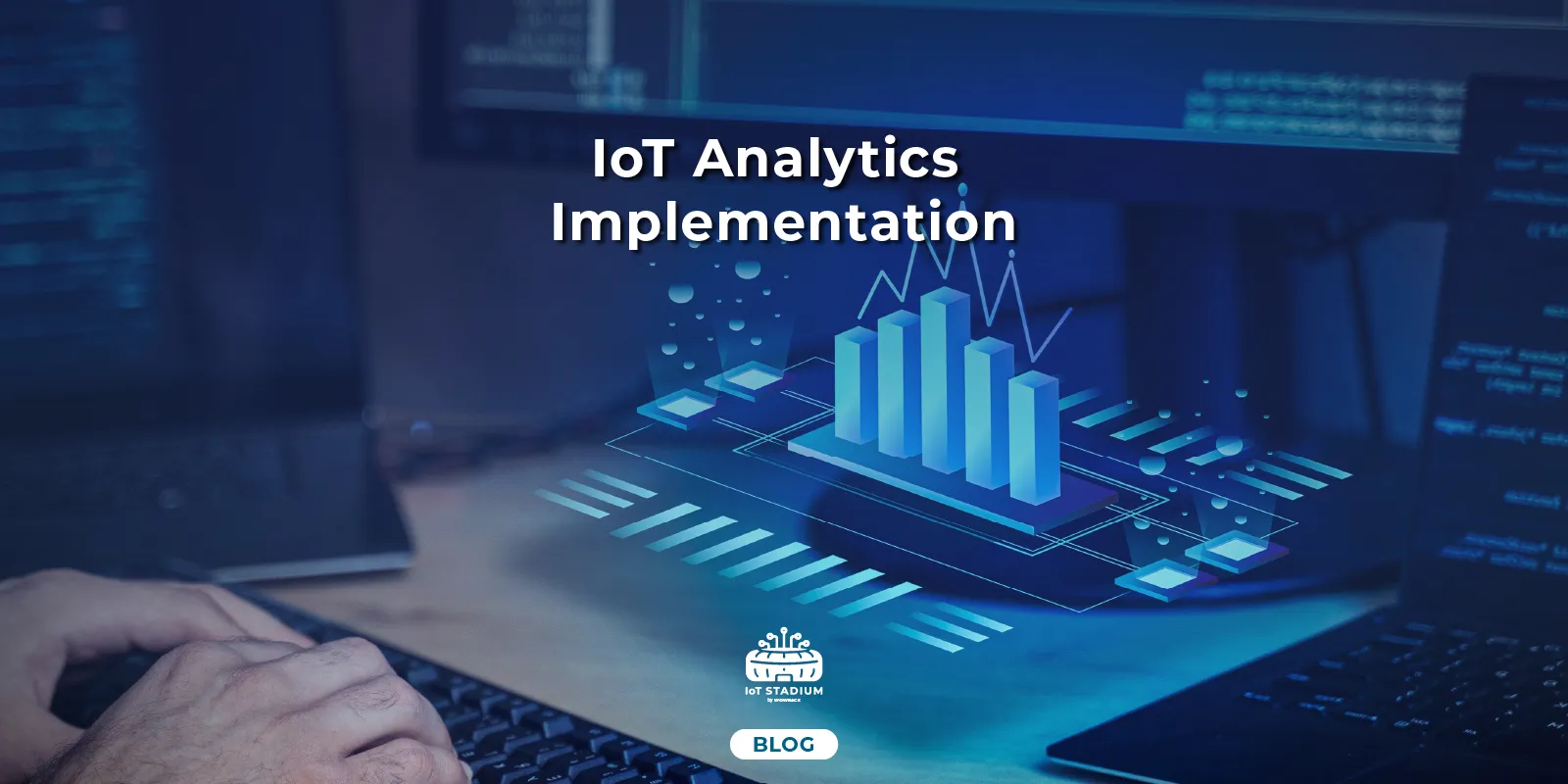Picture this: the Internet of Things (IoT) and Big Data are like workmates, with Big Data acting as the senior one. As the junior, the IoT is tasked with roaming the office, gathering all the information it can from every corner. It collects data from the machines, devices, and the environment, providing a wealth of raw data to work with.
Big Data, the seasoned expert, takes the data and organizes it. It cleanses, processes, and stores the data, making sense of the vast amounts of information IoT provides. Big Data is responsible for extracting insights, identifying patterns, and making strategic decisions based on the data.
But first, let's go over the basics of IoT and big data.
What is IoT?
Everyday electrically powered objects can now be accessed and controlled from anywhere at any time thanks to technology known as the Internet of Things (IoT). Through specific communication protocols and a small microcontroller modification, we can transfer data between devices, and we can monitor it in our PCs or phones.
The Internet of Things (IoT) provides incredible convenience, from adjusting the temperature of our home remotely to tracking our energy consumption and receiving alerts when we run out of groceries. IoT technology has transformed industries such as healthcare and agriculture by allowing for more efficient monitoring and management systems. As IoT technology advances, the potential for increased connectivity and automation grows exponentially.
What is Big Data?
Big data is the term used to describe a huge collection of data that is too big for conventional data processing software to handle. These datasets can be accessed instantly and contain vast amounts of information. There are three Vs to describe big data: volume, variety, and velocity.
-
- Volume:
Contain massive amounts of information. - Variety:
Collecting data from multiple sources and in different formats. - Velocity:
The data generated at high speed.
- Volume:
Due to the complexity and massive volume of both structured and unstructured data, humans are unable to process and analyze this valuable information using traditional methods. Big data analytics can now be transformed into actionable insights thanks to technological advancements such as artificial intelligence (AI) and machine learning (ML).
How Do IoT and Big Data Work Together?
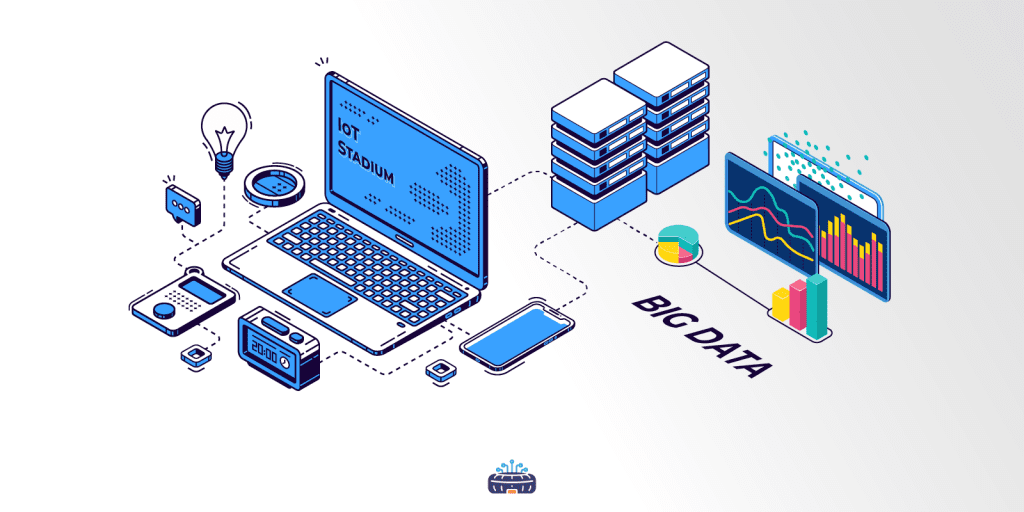
Well, Big data and the Internet of Things may be two entirely different concepts, but they work well together when it comes to combining and analyzing data for companies. If IoT serves as the primary data source for big data, then big data itself is an enormous collection of data gathered from various sources, including IoT. By utilizing big data analytics, companies can extract valuable insights from the vast amounts of data collected from IoT devices. This data can then be used to make informed decisions, improve operational efficiency, and gain a competitive advantage in the market. Ultimately, integrating big data and IoT allows companies to harness the power of data to drive innovation and business growth.
Utilizing Big data on IoT can improve an IoT function, particularly in the manufacturing sector. Big data will analyze IoT data to understand various variables, such as the machinery's work rate and overall operational efficiency. The manufacturer will be able to recognize the problem and take action more quickly by analyzing it in real-time.
Another instance of how big data is being used on the Internet of Things is in smart cities. In smart cities, big data is harnessed to analyze data from various sources such as traffic cameras, sensors, and social media, to improve city infrastructure and services. For example, big data can be used to optimize traffic flow, reduce energy consumption, and enhance public safety. By leveraging the power of big data on IoT, smart cities can become more efficient, sustainable, and responsive to the needs of their residents. Overall, the combination of big data and IoT has the potential to revolutionize various industries and improve the quality of life for people worldwide.
Benefits of Big Data in IoT
So, how can companies use the Big Data generated by the Internet of Things? To take advantage of many of the insights offered by Big Data, it's critical to remember that most businesses will need to modify and advance their technological capabilities in order to gather substantial volumes of data.
IoT devices have the capability to transmit messages containing data that may include behaviors and activity. After the company receives this data, it must be stored on a platform capable of managing such vast and complicated amounts of data.
After that, companies can review this information for many purposes, including product development, customer behavior analysis, post-launch reflections, and much more. The most crucial aspect is that businesses can always access this data because it is securely stored.
There are also some benefits the companies can get from implementing the Big Data and IoT together.
For example, a retail company can use Big Data and IoT to track customer behavior in their stores through sensors placed on products and throughout the store. This data can then be analyzed to optimize store layout, product placement, and marketing strategies to increase sales and improve the overall customer experience.
Conclusion
The IoT and Big Data may have different functions and concepts, but these two things can work together. An IoT device collects data with multiple variables, which act as the main source for the Big Data to analyze. After that, the company may extract the data and make informed decisions, improve operational efficiency, or gain a competitive advantage in the market.
Visit our blog for more information about technology. Alternatively, visit our knowledge base page for tutorials on using the features in IoT Stadium.
